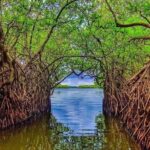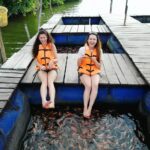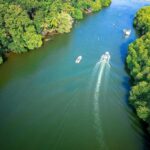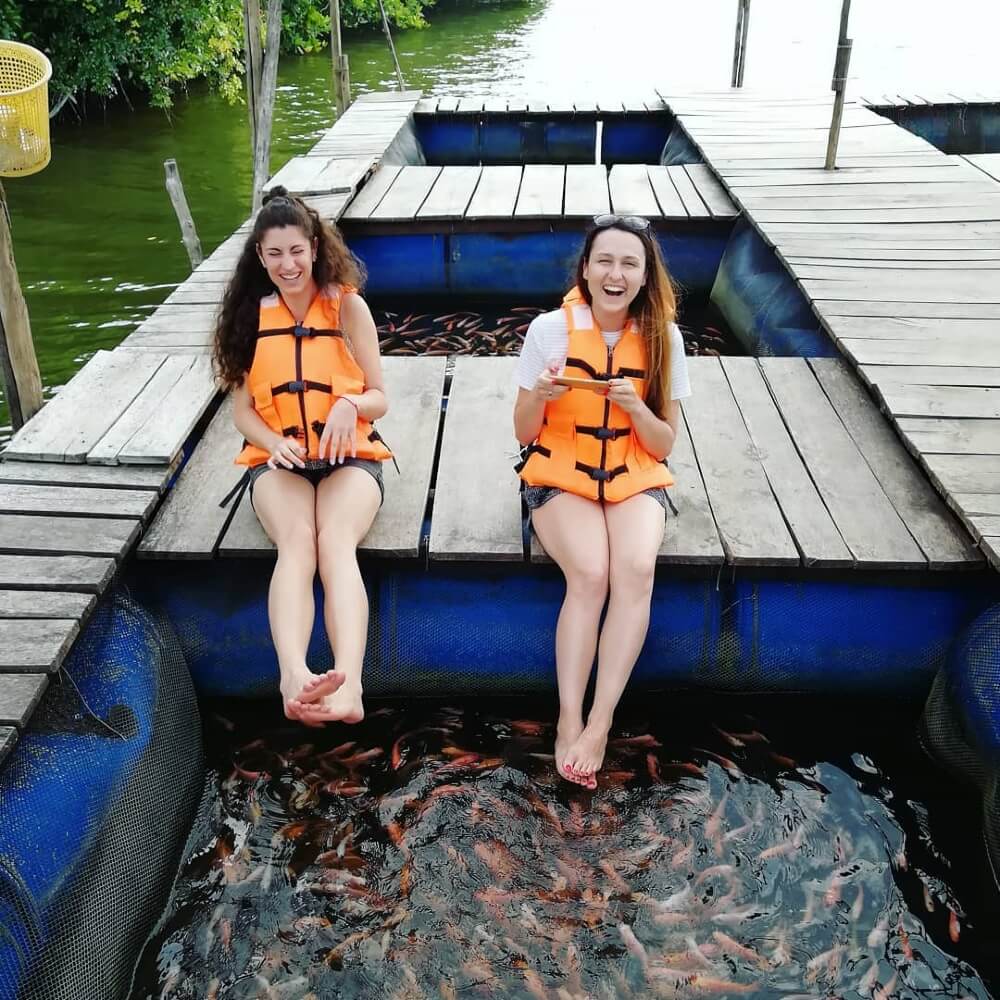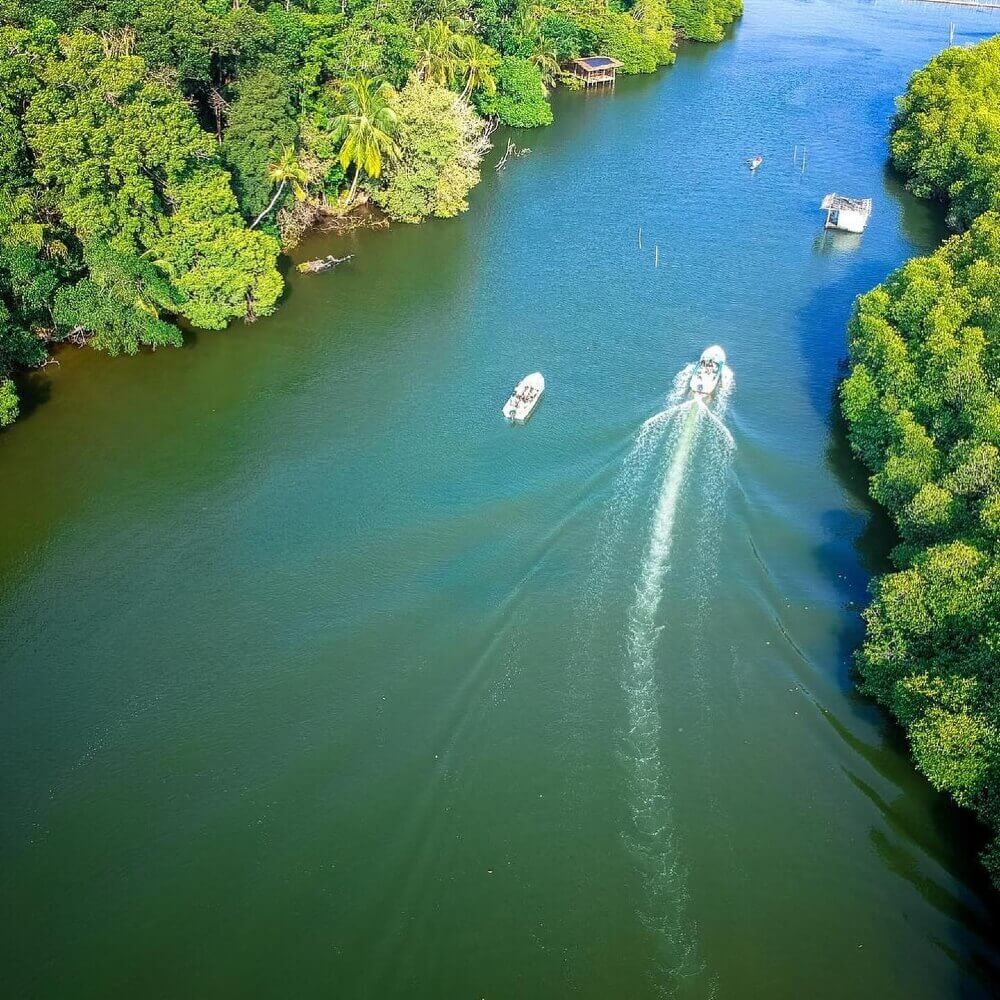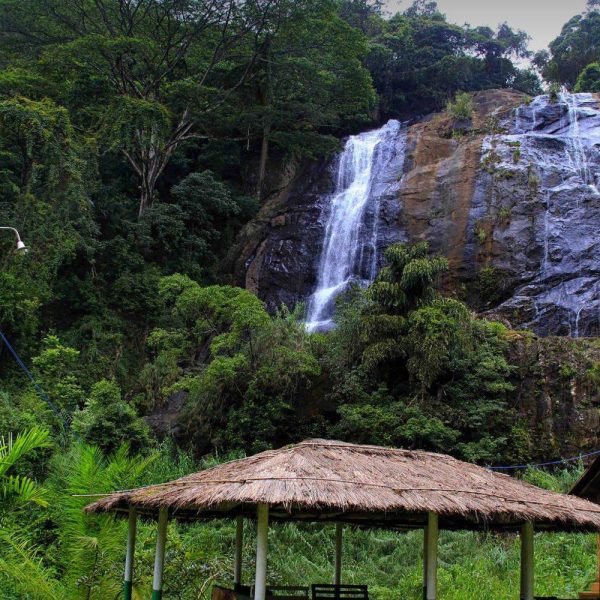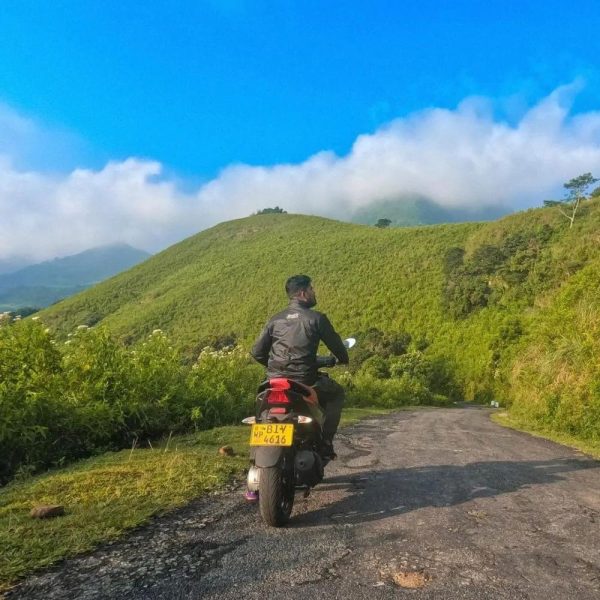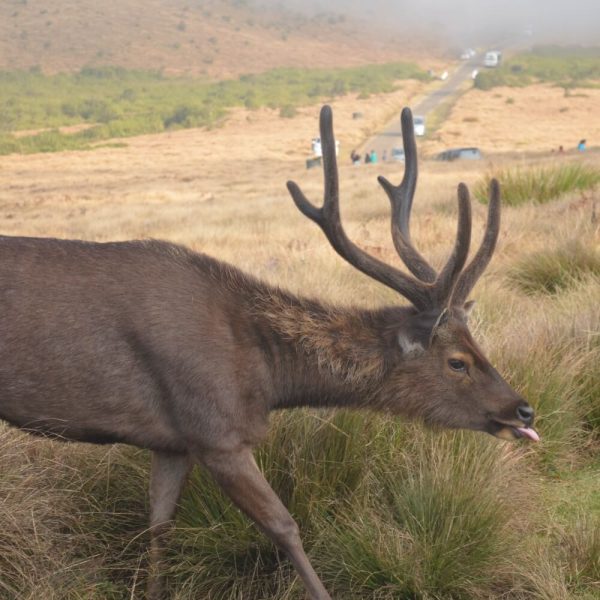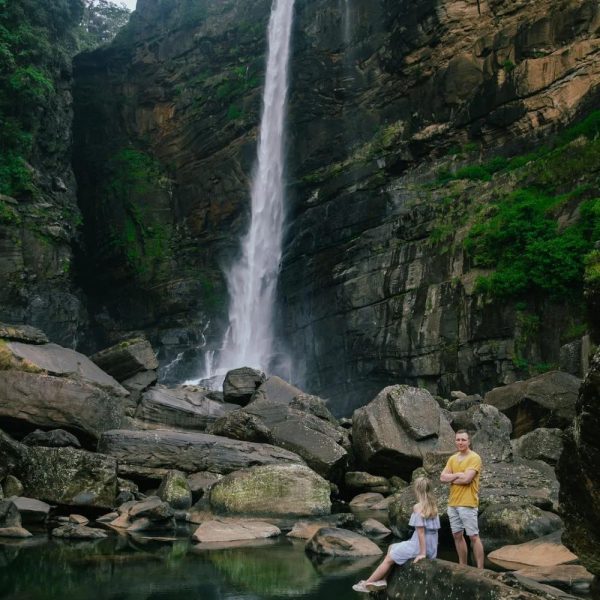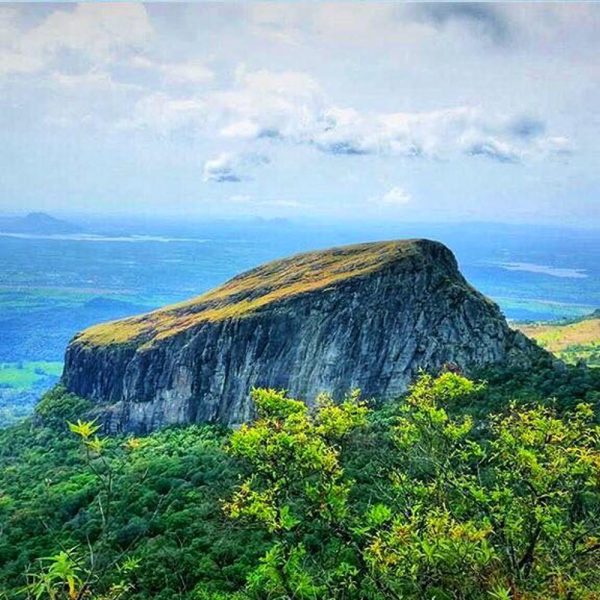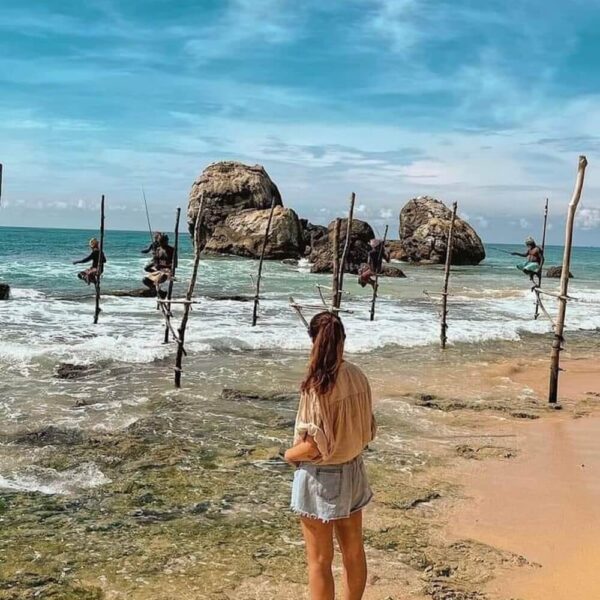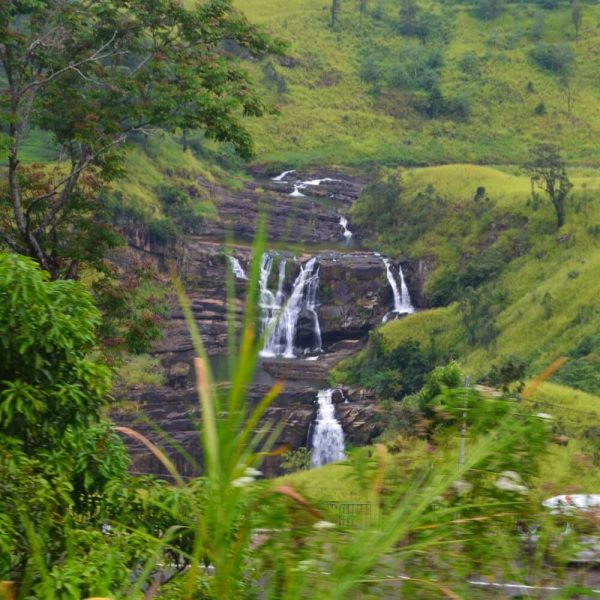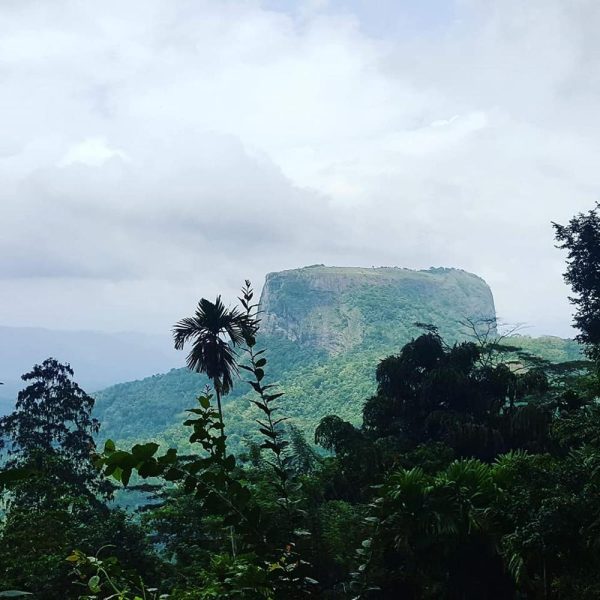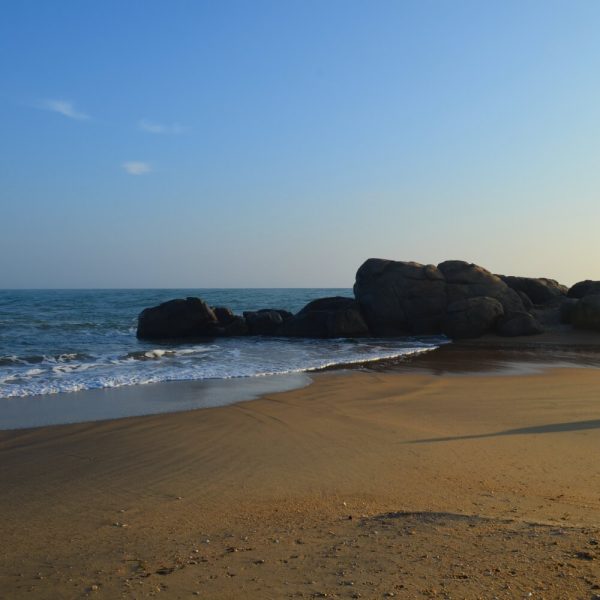Description
The Madu River is a picturesque water body located in the southwestern region of Sri Lanka, specifically in the Balapitiya area of the Galle District. It is one of the country’s largest wetlands and estuaries, covering an extensive area of mangrove swamps, islands, and lagoons.
The river plays a crucial role in the local ecosystem, providing a habitat for diverse flora and fauna, including various species of birds, fish, and reptiles. It also supports the livelihoods of many local communities engaged in fishing, aquaculture, and traditional industries such as cinnamon cultivation.
The Madu River is a popular tourist destination, known for its scenic beauty and rich biodiversity. Visitors can explore the river’s tranquil waters by boat, taking guided tours that often include visits to nearby islands, mangrove forests, and traditional fishing villages. Along the riverbanks, there are opportunities to observe wildlife, enjoy birdwatching, and learn about the region’s cultural heritage.
Additionally, the Madu River area offers attractions such as the Madu Ganga Wetland, which is designated as a Ramsar site of international importance due to its ecological significance. Tourists can also visit the nearby coastal town of Balapitiya, known for its pristine beaches and water sports activities.
Overall, the Madu River is not only a beautiful natural attraction but also a vital part of Sri Lanka’s ecosystem and cultural heritage, attracting visitors from around the world who seek to experience its unique charms.
















